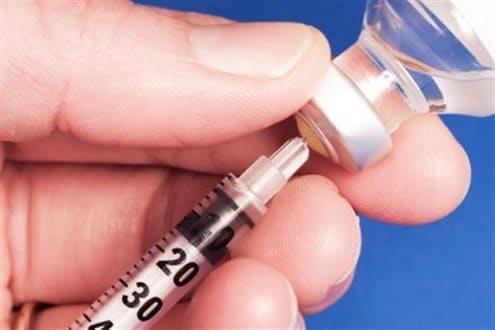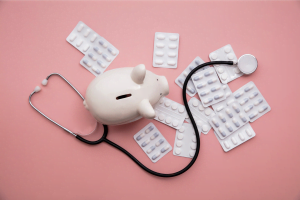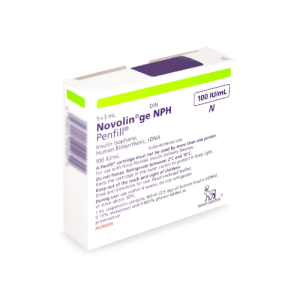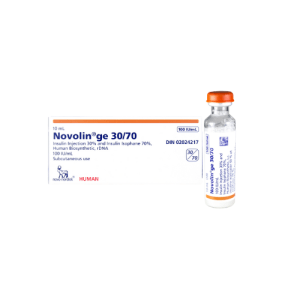Knowing you have type 1 diabetes, can cause anxiety. But with care and support from family members and the diabetic team, the hurdle will be manageable.
What is Type 1 Diabetes (T1D)?
T1D also known as juvenile diabetes or insulin dependent diabetes mellitus and it’s an illness in which the pancreas releases too little insulin to meet the needs of the body. Insulin is a hormone that aids in controlling blood sugar levels. There isn’t any cure for the condition, therefore, the aim of type 1 diabetes medications are to keep blood glucose levels within the normal range. This will prevent or delay complications developing later in life.
Type 1 Diabetes Medications
People with the illness have a short list of drugs for T1D to choose from, the list for those with type 2 diabetes T2D is long. Insulin is an example of T1D medications mainly prescribed. Additionally, Insulin therapy is used by individuals with T2D. There are many forms of insulin to manage the condition and they are grouped by how fast they work once taken and the length of time their effects will last.
Different types of insulin drugs for type 1 diabetes:
- Rapid-acting
- Short-acting
- Intermediate-acting
- Long-acting
- Pre-mixed
Rapid-acting
The medications in this category are taken before a meal to prevent the rise of blood sugar levels from eating. It takes 10 to 30 minutes before insulin gets into the bloodstream and can work for three to five hours. Since they act quickly; the risk of hypoglycemia is high. They are mainly used with long-acting insulin.
Examples of medicines in this class include:
- Humalog (Lispro)
- Novolog (Aspart)
- Apidra (Glulisine)
Short –acting
These medications cover insulin needs if one takes a meal within 30 to 60 minutes. It takes 30 minutes to 1 hour before insulin reaches the bloodstream and may work for a maximum of 12 hours.
Such medicines include:
- Regular (R) or Novolin
- Velosulin
Intermediate-acting
The drugs used to treat T1D in this class covers blood sugar elevations for at least half a day. If need be, it is combined with rapid or short-acting insulin. NPH (N) is a drug in this category.
Long-acting
The drugs reduce or lower blood sugar levels for about a day. At times it is combined with short or rapid acting insulin.
Type 1 diabetes medicines in this category are:
- Insulin Glargine (Basaglar, Lantus, Toujeo)
- Insulin Detemir (Levemir)
- Insulin Degludec (Tresiba)
Pre-mixed
These medicines are normally taken two to three times, once daily prior mealtime and it’s a combination of specific amounts of short-acting and intermediate-acting insulin in a bottle or an insulin acting pen. The number that comes after the brand name shows the percentage of the particular insulin used.
Drugs in this category are:
- Humulin 70/30
- Novolin 70/30
- Novolog 70/30
- Humulin 50/50
- Humalog mix 75/25
The physician will prescribe drugs for type 1 diabetes that best suit your diabetes. The decision will be determined by a number of things such as:
- The body’s response to insulin (the duration it takes for your body to absorb it and the duration it remains active depends on one patient to another)
- Lifestyle choices such as the food one eats, amount of alcohol taken and physical exercise affects the quantity of insulin needed by the body
- The willingness to have multiple injections once a day
- How frequent one monitors the blood sugars
- Age
- The goal for managing glucose levels
What to remember
Insulin is given through injections under the skin. A patient has several options like using a fine needle, a syringe or an insulin pen. An insulin pen resembles an ink pen and is available in refillable or disposable form. Needles come in varying sizes, hence, a patient can go for the most preferred size. If you fear to stick a needle on your body, you can choose an insulin pump. What is an insulin pump? It’s a device almost the size of a cell phone and it’s worn outside the body for example on the waistband or in the pocket.
Follow the physician guideline on insulin dosage. The duration between shots and meals will vary depending on the type of insulin you are using. It’s recommended to coordinate the injection with a meal to avoid low blood glucose levels, so good timing is of the essence, for example:
- Rapid-acting insulin – taken before 15 minutes prior mealtime
- Short-acting insulin– taken 30 to 60 minutes before a meal
- Intermediate-acting insulin – taken up to one hour before a meal
- Pre-mixed insulin – depends on the drug, taken between 10 minutes or 30 to 45 minutes prior mealtime.
However, there are exceptions to insulin dosing and timing. The long-acting insulin is not tied to the time you take the meals. For example, you can take Detemir (Levemir) once or twice per day, no matter the time you will eat. Glargine (Basaglar, Lantus, Toujeo) is taken once daily, but at the same time always. For more information on the best timing, consult the physician.
Other medications which may be used
Apart from medications to treat type 1 diabetes, the physician may prescribe additional drugs such as:
- High blood pressure drugs – the doctor can prescribe angiotensin-converting enzyme (ACE) inhibitors or angiotensin II receptors blockers (ARBs) to aid in keeping the kidneys healthy.
- Pramlintide (Symlin) – it’s administered through injections before eating to slow the movement of food through the stomach to prevent the rise of blood glucose levels that takes place after meals.
- Aspirin – a regular or baby aspirin taken daily protects the heart.
- Cholesterol-lowering drugs- the physician may not wait till your cholesterol levels become elevated before he can prescribe cholesterol-lowering drugs and minimize the risk of heart disease
In Conclusion
you have important information on the available medications used to treat type 1 diabetes. Depending on the drugs the medical care provider gives, it’s critical to check and record the blood glucose levels at least four times per day or more often. While on T1D medications, eat healthy meals and exercise every day. However, seek a doctor’s opinion to determine you are medically fit for the physical activity. Remember, to check blood glucose level before and after exercise and carry healthy snacks and drinks in case you experience low blood glucose levels.
—
Disclaimer: Please note that the contents of this community article are strictly for informational purposes and should not be considered as medical advice. This article, and other community articles, are not written or reviewed for medical validity by Canadian Insulin or its staff. All views and opinions expressed by the contributing authors are not endorsed by Canadian Insulin. Always consult a medical professional for medical advice, diagnosis, and treatment.








